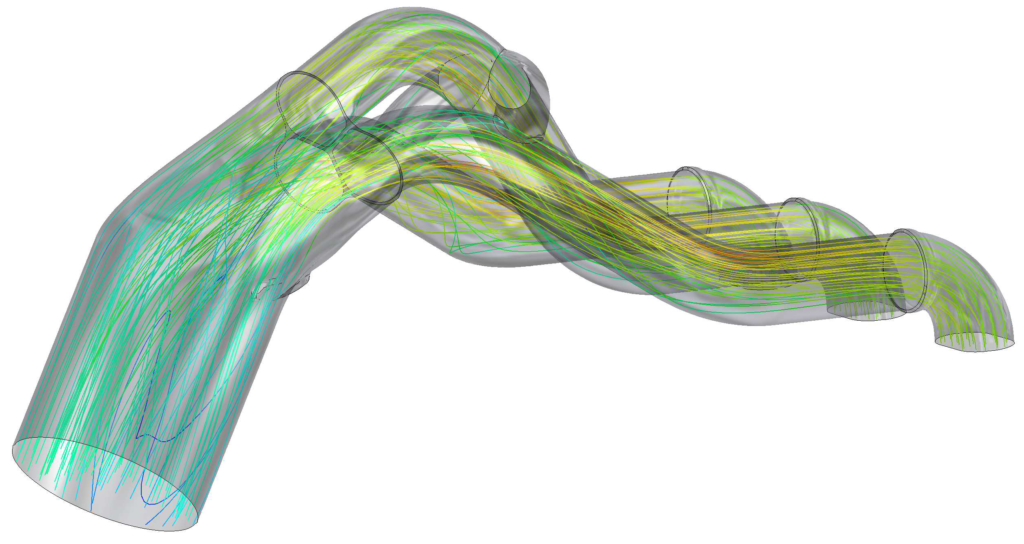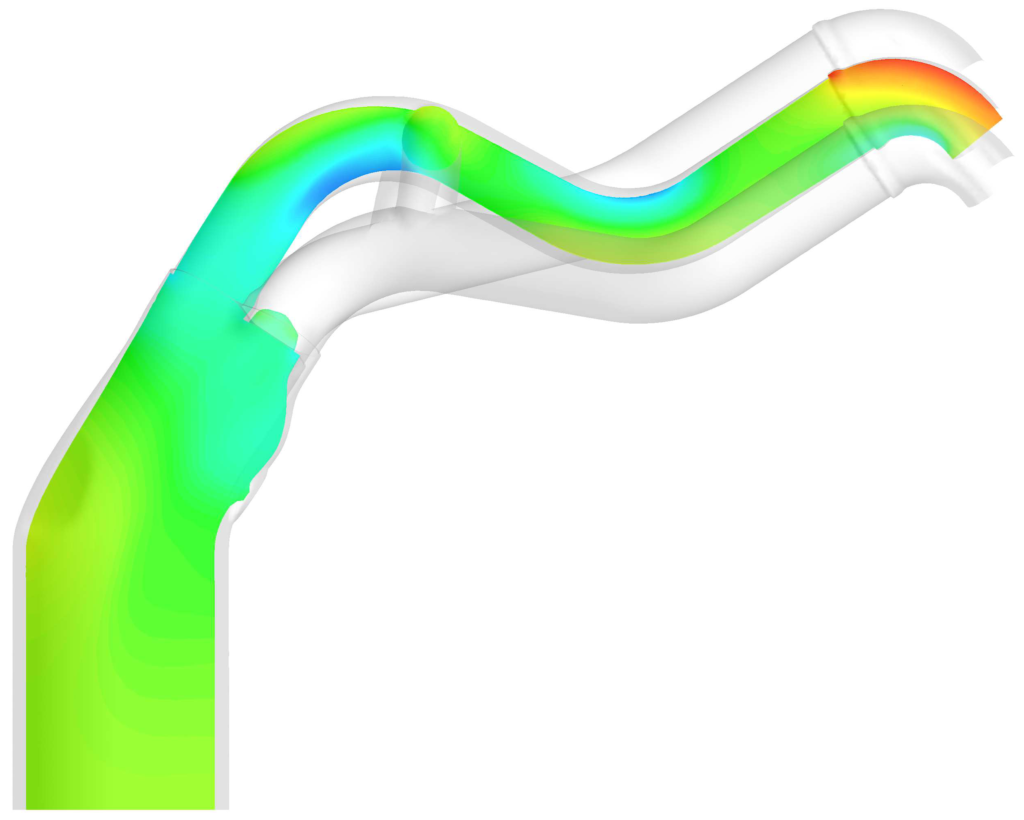- May 20, 2019
- Posted by: info
- Category: Research
Moreover, the course has a strong international character in terms of teaching body, including renown experts from the University of California at Berkeley and theUniversity of Stuttgart, along with professors from academic institutions in Pavia.
|
|
 |
 |
 |
COURSE OBJECTIVES
COURSE OBJECTIVES
The course reviews systematically different sources of nonlinear behavior, paying special attention to nonlinear constitutive behavior of materials, large deformations and rotations of structures, contact and instability problemswith either material (localization) or geometric (buckling) nonlinearities, which are needed to fully grasp weaknesses of structural design.
The course will also provide insight both on advanced mathematical aspects and on the practical aspects of several computational techniques, such as the finite element method, isogeometric analysis, meshless techniques and virtual element methods.
Objective of the course is thus to provide the participants with a solid basis for using computational tools and software to achieve the optimal design, and/or to carry out a refined analysis of nonlinear behavior of structures.
The course finally provides a basis to account for multi-physics and multi-scale effects, likely to achieve a significant break-through in many industrial applications.
TUTORIALS AND COURSE MATERIAL
Special emphasis will be given to FEAP personal version (projects.ce.berkeley.edu/feap/feappv/) or simple “in house” codes written in Matlab or Maple.
Copies of Finite Element Analysis Program (FEAPpv) computer codes, by Prof. Robert L. Taylor at UC Berkeley, and the complete volume of notes will be available to all attendees together with electronic copies of other lecture materials and survey papers.


 Fig. 1 Exhaust manifold for motorcycle industry
Fig. 1 Exhaust manifold for motorcycle industry